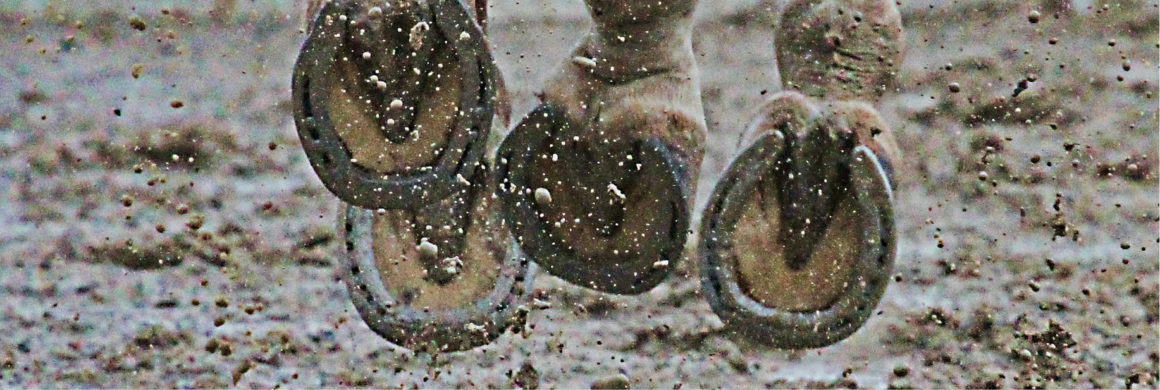Winter makes caring for horses more challenging, and one of those biggest challenges is the mud and ice that the weather can bring. A slip on ice can be dangerous to both horses and humans, and mud also takes a toll on your horse’s health, affecting his hooves and potentially leading to scratches. Luckily, there are many ways that you can manage winter mud and ice around your horse farm.
Implement Paddock Drainage
The key to managing winter mud and ice is getting ahead of the issue, so before winter hits, implement paddock drainage solutions so that you aren’t left with standing water or saturated ground. If your paddock has one trouble area, like the area in front of the gate, you can install a stability grid to help with drainage. These grids are usually semi-buried and then filled with a finely crushed stone, like stone dust, so water can flow through them. The grid offers stability and structure while allowing the water to drain away.
Good paddock management also plays a role in avoiding mud. Remove manure and old hay promptly, since they will make mud worse.
Use Sacrifice Paddocks
In addition to maintaining your paddocks, you may need to move your horses around to keep those paddocks in good condition. Low-lying paddocks will naturally get muddy during wet seasons, so removing your horses from those areas can give the ground time to recover. Implementing a sacrifice paddock and paddock rotation strategy can let wet paddocks drain and dry while your horses stay in higher paddocks that aren’t wet or muddy.
This is also important in ensuring that grass is able to take hold and grow in each paddock in the spring, and that your horses don’t over-graze areas. The longer you can keep grass present in your paddock, the more it can combat the development of mud.
Check Your Barn’s Drainage System
The way that rain and melted snow drains away from your barn can also affect the presence of mud and ice in surrounding areas. You’ll want to find ways to direct the water away from your barn to avoid flooding the building. Make sure that your gutters are in good shape, and that they channel water to runoff spouts that direct it elsewhere.
Installing French drains can help, especially if the ground around your barn is always wet. These drains consist of a buried perforated pipe that slants, directing water into the area that you choose. Gravel filled in above the pipe allows water to quickly flow down and into it, so you aren’t left with standing water on the ground that can lead to mud or ice. French drains can be long, and while installing them is labor-intensive, they can make a big difference in the functionality and safety of your property.
French drains can also help to keep the areas around your riding ring draining properly. By channeling water away from your ring, you’re less likely to end up with standing water and frozen ring footing, as a result.
It’s always best to initially design your property with grading and drainage in mind. If you’re planning to renovate an existing property or build a new equine facility, Equine Facility Design can help. Call us at 503-650-1663 today – we’d love to learn about your project.



When building your arena or assessing a paddock location, it’s important to keep several factors in mind to control mud before it happened. These factors include the local climate, your choice of ground stabilization, and your footing materials. When taken together, these three factors can be balanced to create a well drained and easy-to-maintain, mud-free arena.